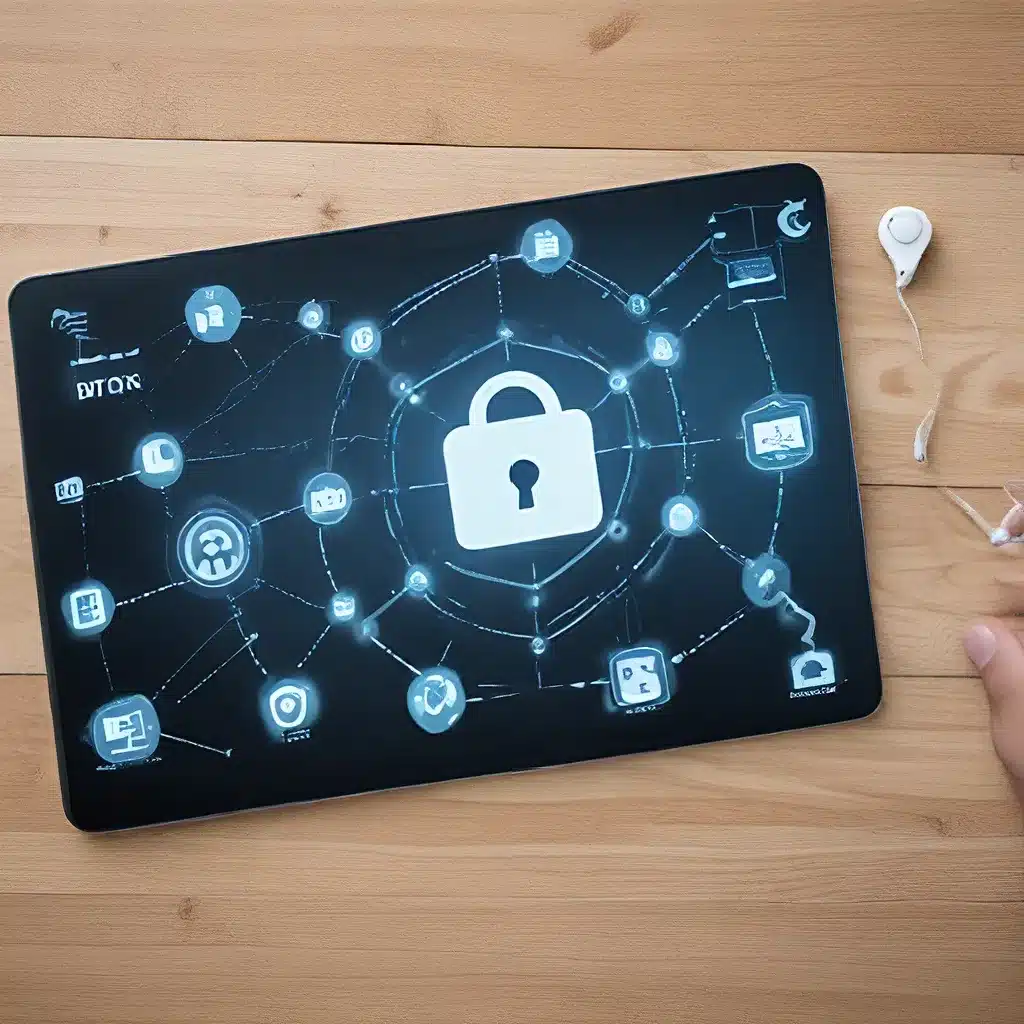
As the Internet of Things (IoT) continues to proliferate, the importance of robust security measures has become increasingly paramount. These connected devices, ranging from smart home appliances to industrial automation systems, have revolutionized the way we interact with the physical world. However, with this interconnectivity comes a heightened risk of cybersecurity vulnerabilities, making IoT security a critical concern for individuals, organizations, and governments alike.
Unraveling the Complexity of IoT Security
The IoT ecosystem is a vast and diverse network of connected devices, each with its own set of security considerations. From the physical components and embedded applications to the data being transmitted and the network connections themselves, every aspect of an IoT system must be meticulously secured to ensure the availability, integrity, and confidentiality of the overall ecosystem.
Studies have shown that the general security posture of IoT devices is declining, leaving organizations vulnerable to a wide range of attack vectors, including malware, botnets, and data breaches. This is further exacerbated by the fact that many IoT devices are not designed with security as a primary consideration, with developers often prioritizing functionality over robust protection.
Confronting IoT Security Challenges
IoT security challenges span a vast spectrum, from default passwords and firmware vulnerabilities to data privacy concerns and complex integration environments. Cybercriminals have capitalized on these weaknesses, using IoT devices as a gateway to infiltrate larger networks and launch distributed denial-of-service (DDoS) attacks of unprecedented scale.
The sheer volume and diversity of IoT devices make it increasingly challenging for organizations to maintain a comprehensive understanding of their asset inventory and effectively manage the associated security risks. Furthermore, the rapid adoption of remote work and the Industrial Internet of Things (IIoT) have further expanded the attack surface, heightening the need for robust IoT security strategies.
Securing the IoT Ecosystem
To navigate the complex landscape of IoT security, a holistic and multilayered approach is required. This encompasses a range of tactics and tools, as well as a deep understanding of the interconnected nature of IoT systems and their adjacent technologies, such as networks and cloud platforms.
Three key capabilities for a robust IoT security solution include the ability to identify and manage IoT devices, monitor and detect security events, and respond to and remediate vulnerabilities in a timely and effective manner.
Device Identification and Management
The first critical step in securing the IoT ecosystem is to identify and inventory all connected devices. This can be achieved through the use of automated device discovery tools that provide comprehensive visibility into the asset landscape, including both traditional and non-traditional IoT and operational technology (OT) systems.
Once the device inventory is established, it is essential to implement strong access controls, authentication mechanisms, and firmware update management to ensure the ongoing security of these devices. Regularly changing default passwords, enabling multi-factor authentication, and applying security patches in a timely manner are all crucial best practices.
Continuous Monitoring and Threat Detection
Effective IoT security also requires the implementation of continuous monitoring and threat detection capabilities. This involves leveraging analytics and machine learning to identify anomalies and suspicious activities within the IoT ecosystem, enabling proactive threat response and vulnerability remediation.
Real-time visibility into the security posture of IoT devices, as well as the data flows and network connections between them, is essential for identifying and mitigating potential attack vectors before they can be exploited by cybercriminals.
Comprehensive Vulnerability Management
In addition to monitoring and detection, a robust IoT security strategy must also include comprehensive vulnerability management. This encompasses the identification, assessment, and remediation of vulnerabilities across the entire IoT ecosystem, including physical components, software, and network infrastructure.
Automated vulnerability scanning and penetration testing can help organizations stay ahead of the rapidly evolving threat landscape, while proactive patching and firmware updates can effectively mitigate known vulnerabilities and reduce the attack surface.
Regulatory Frameworks and Industry Initiatives
Recognizing the critical importance of IoT security, regulatory bodies and industry organizations have taken proactive steps to address the issue. In the United States, the Internet of Things Cybersecurity Improvement Act of 2020 has mandated minimum security standards for IoT devices used by the federal government, with the goal of incentivizing manufacturers to prioritize security in their product development.
Similarly, the state of California has enacted the California IoT Security Law, which requires manufacturers to incorporate security features into their IoT devices. These regulatory initiatives, coupled with the development of industry-standard guidelines by organizations like the National Institute of Standards and Technology (NIST), are helping to establish a more secure foundation for the IoT ecosystem.
The Road Ahead: Embracing the Future of IoT Security
As the Internet of Things continues to evolve and expand, the need for robust cybersecurity measures will only become more critical. By adopting a comprehensive IoT security strategy, organizations can not only mitigate the risks associated with these connected devices but also unlock the full potential of the IoT revolution.
Sensor-Networks.org is at the forefront of this evolving landscape, providing cutting-edge insights and practical solutions to help individuals and businesses alike navigate the complexities of IoT security. By staying informed, leveraging advanced technologies, and collaborating with industry leaders, we can collectively build a more secure and resilient IoT ecosystem that delivers on the promise of ubiquitous connectivity and transformative innovation.